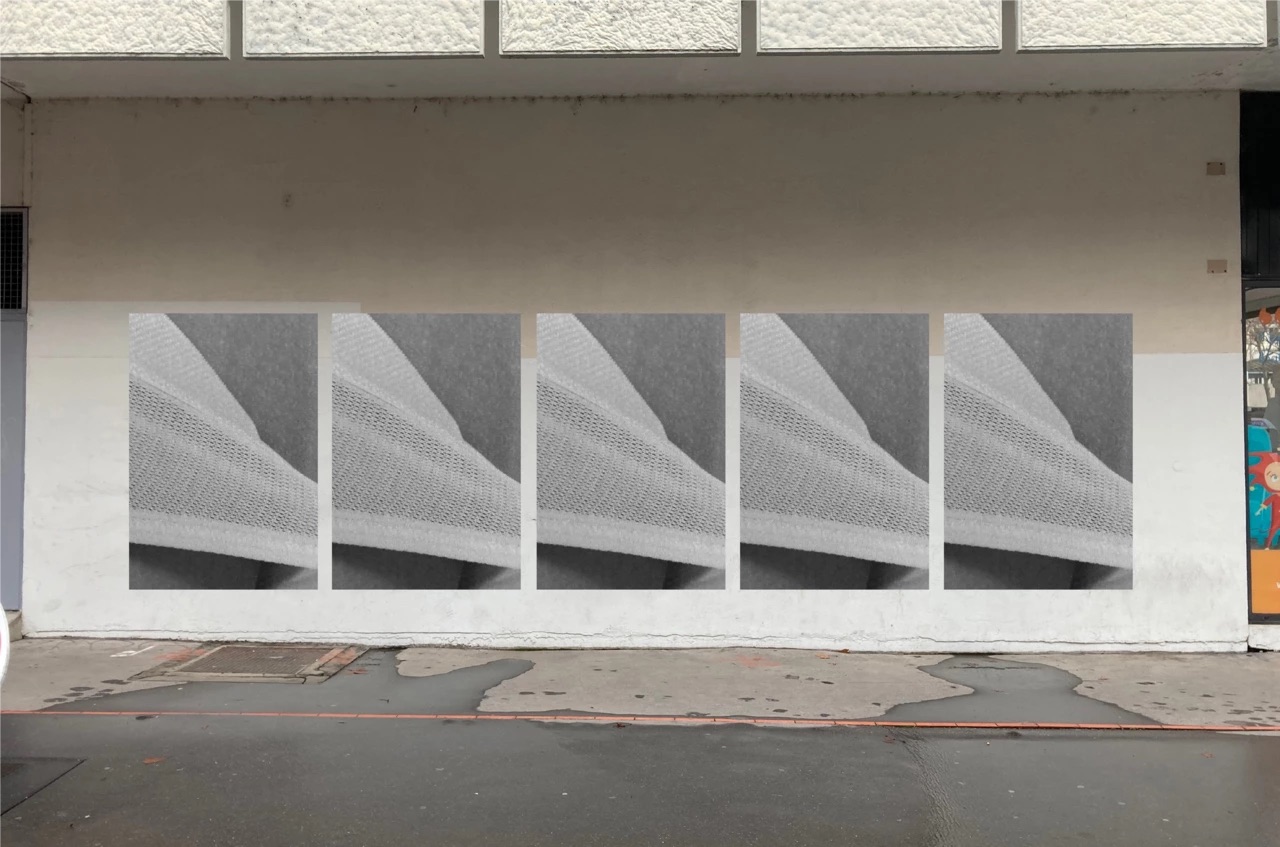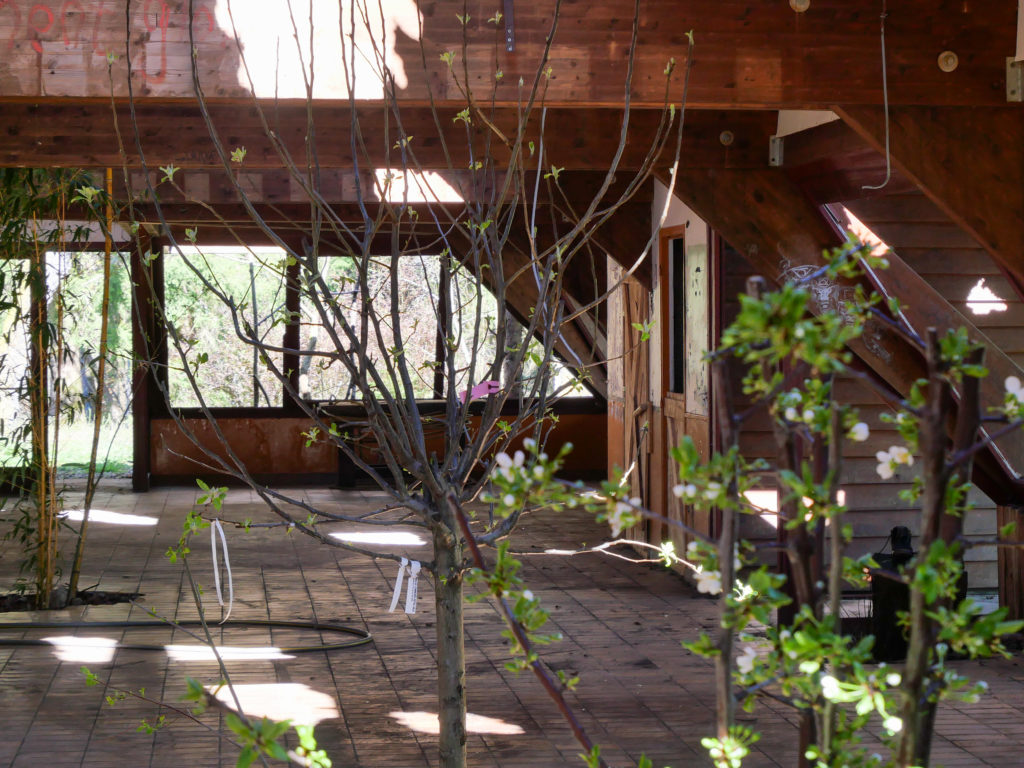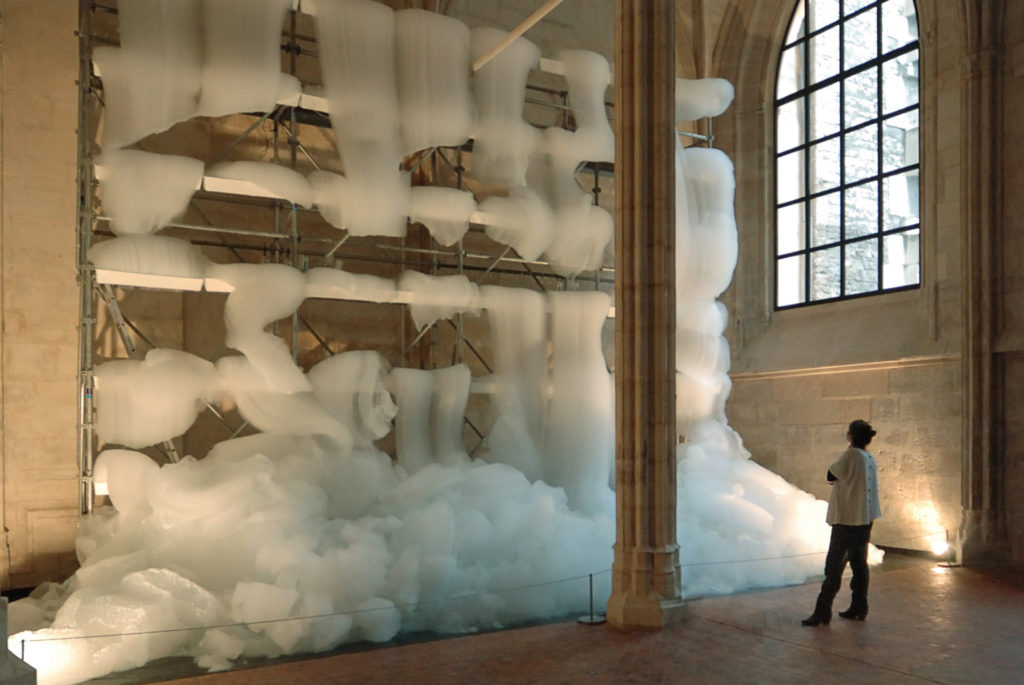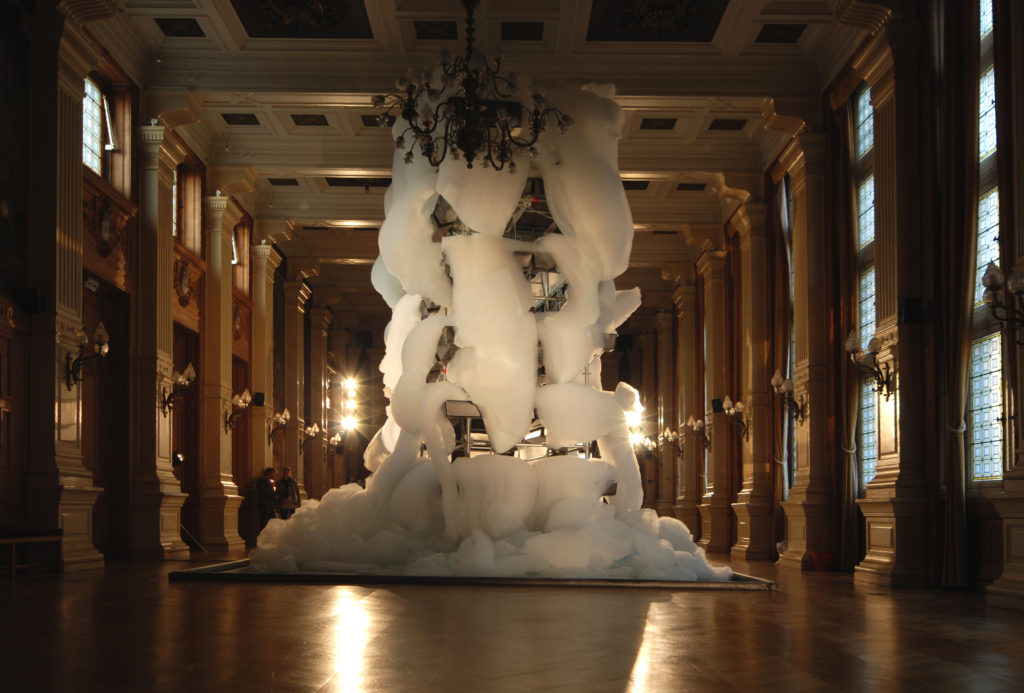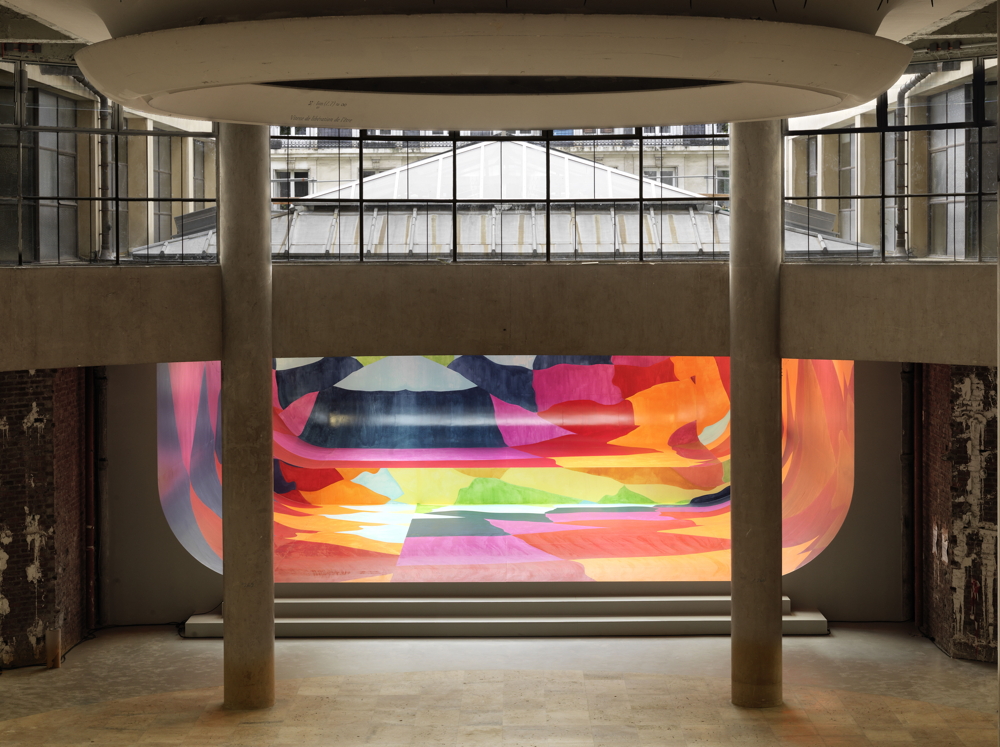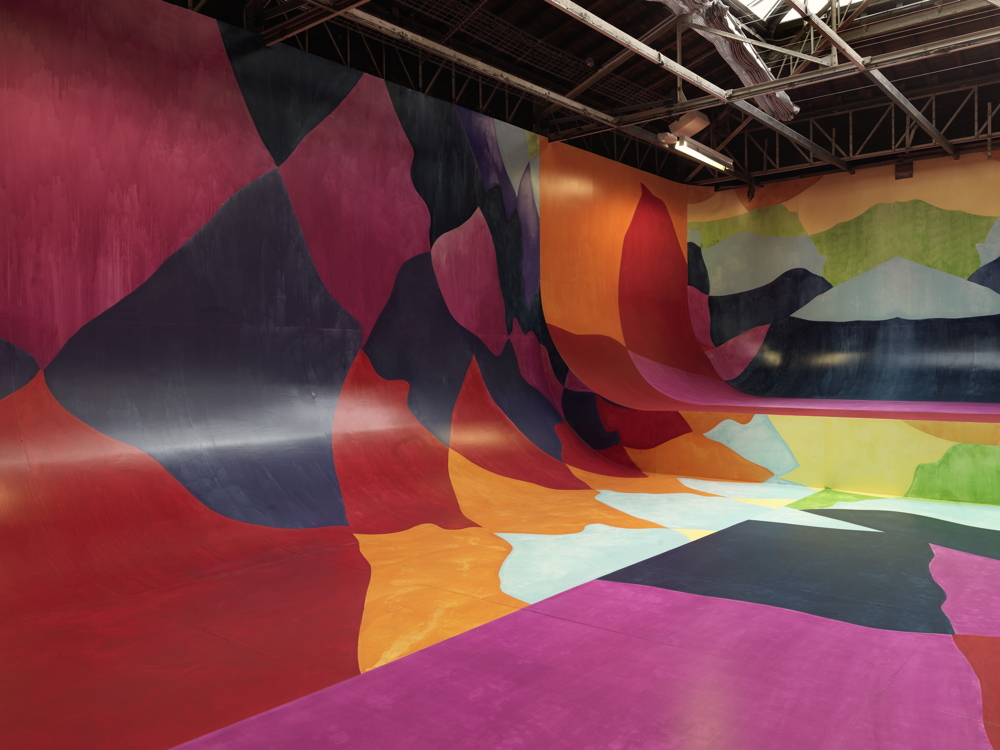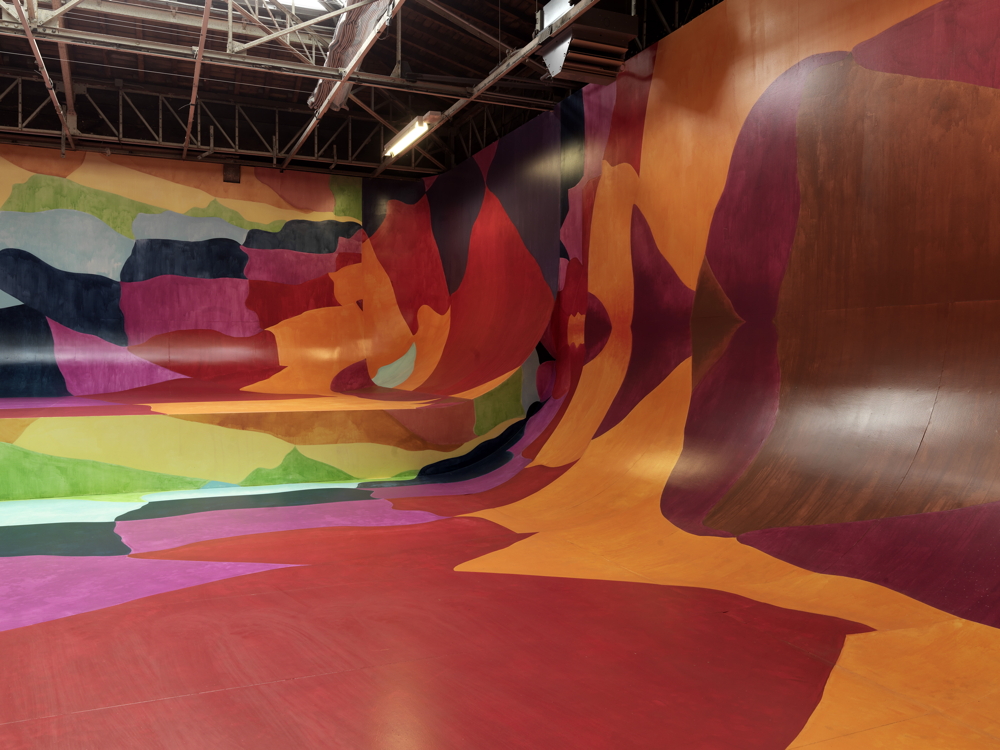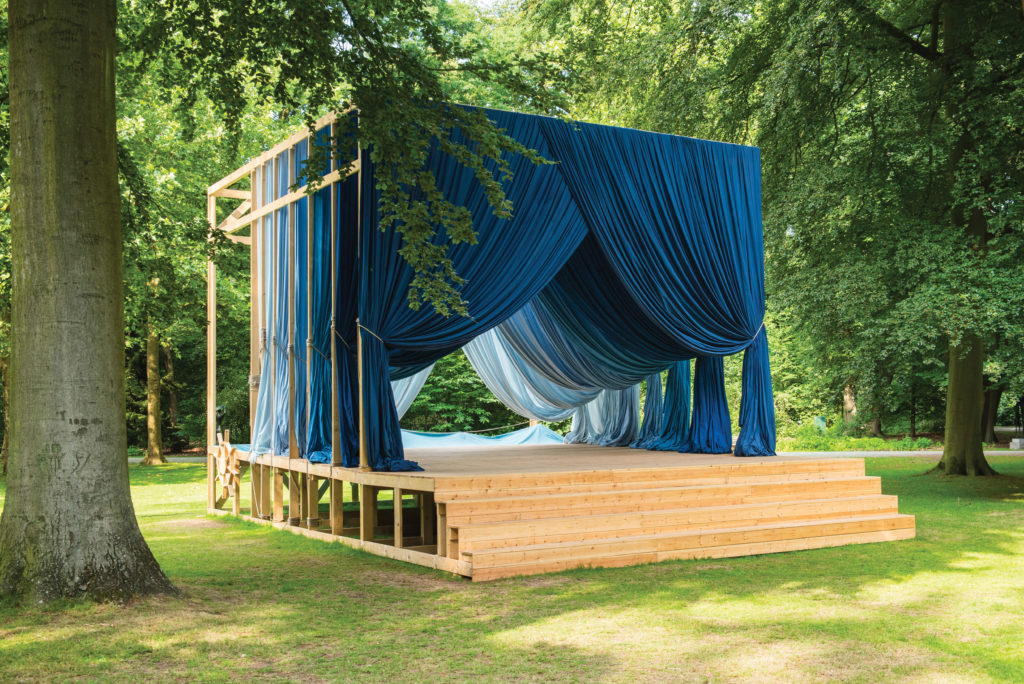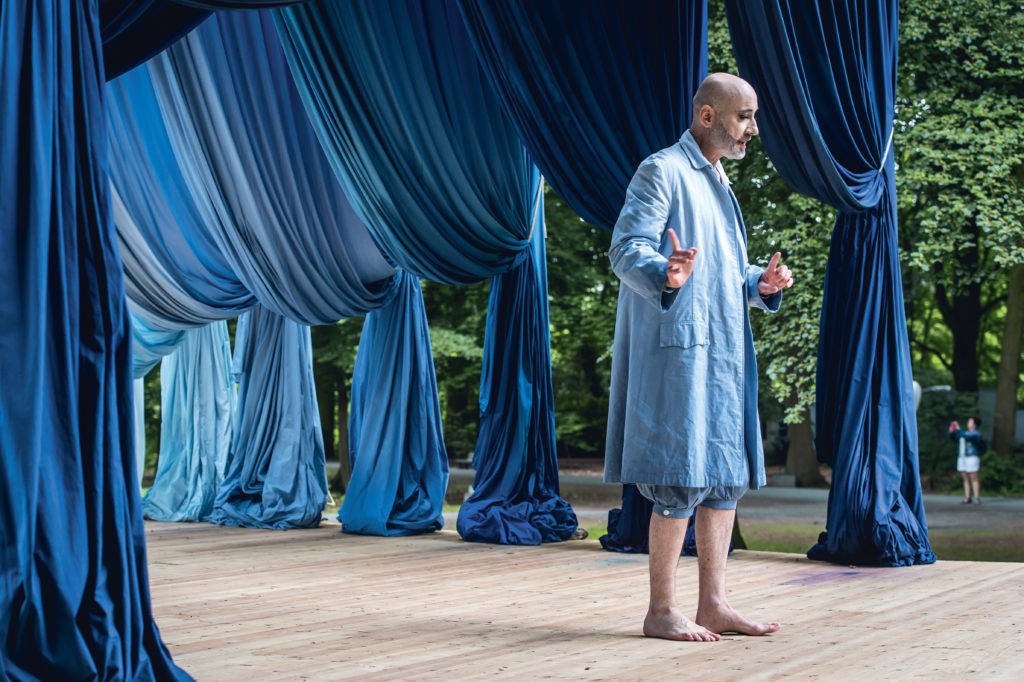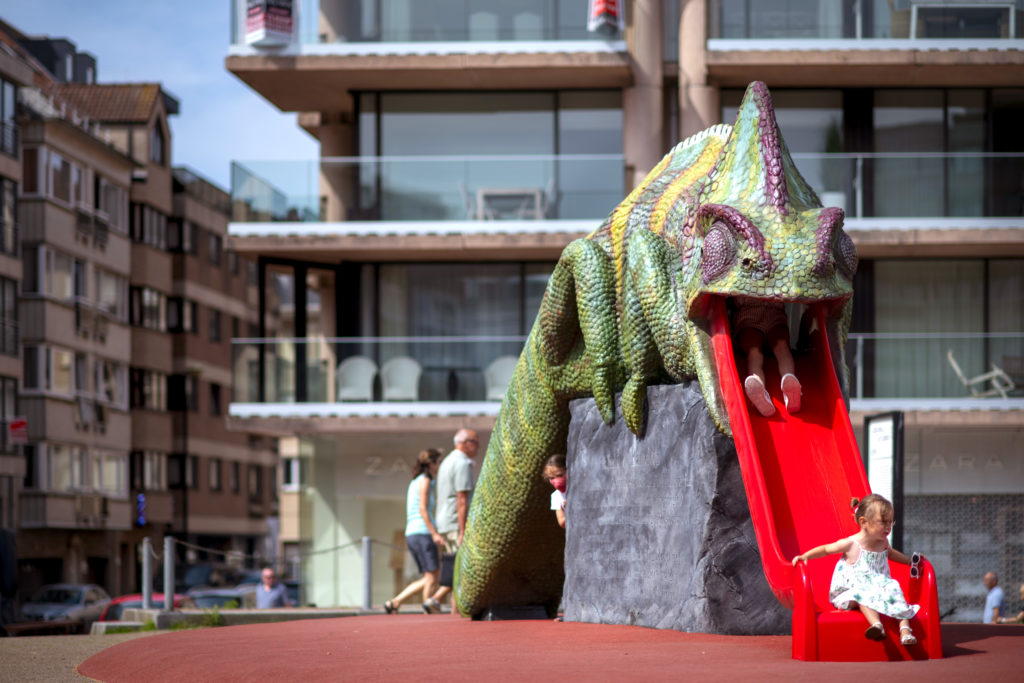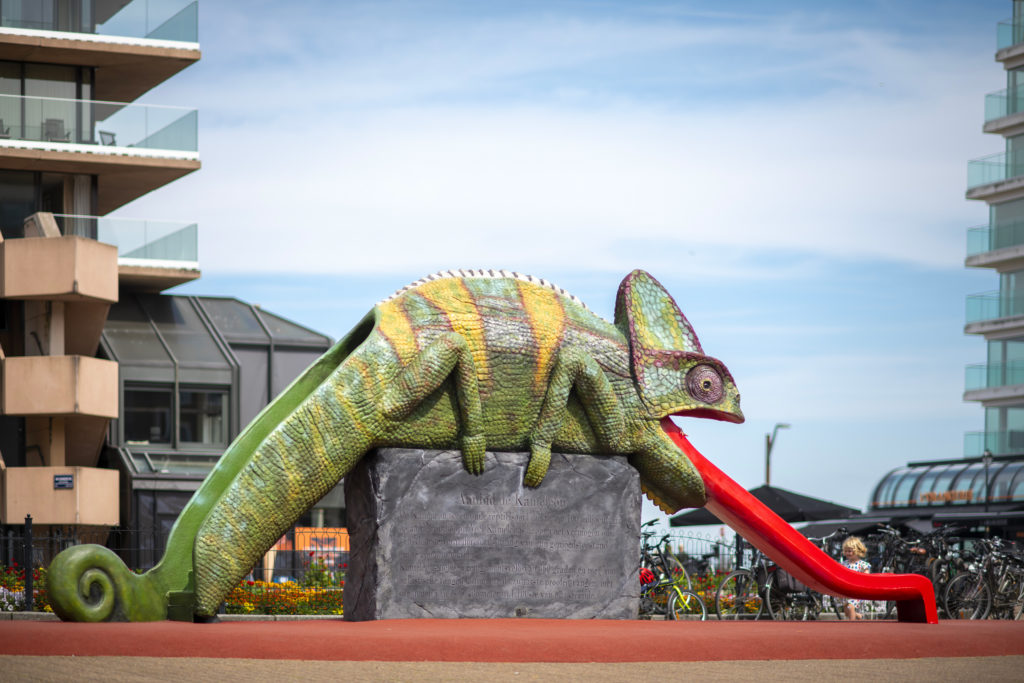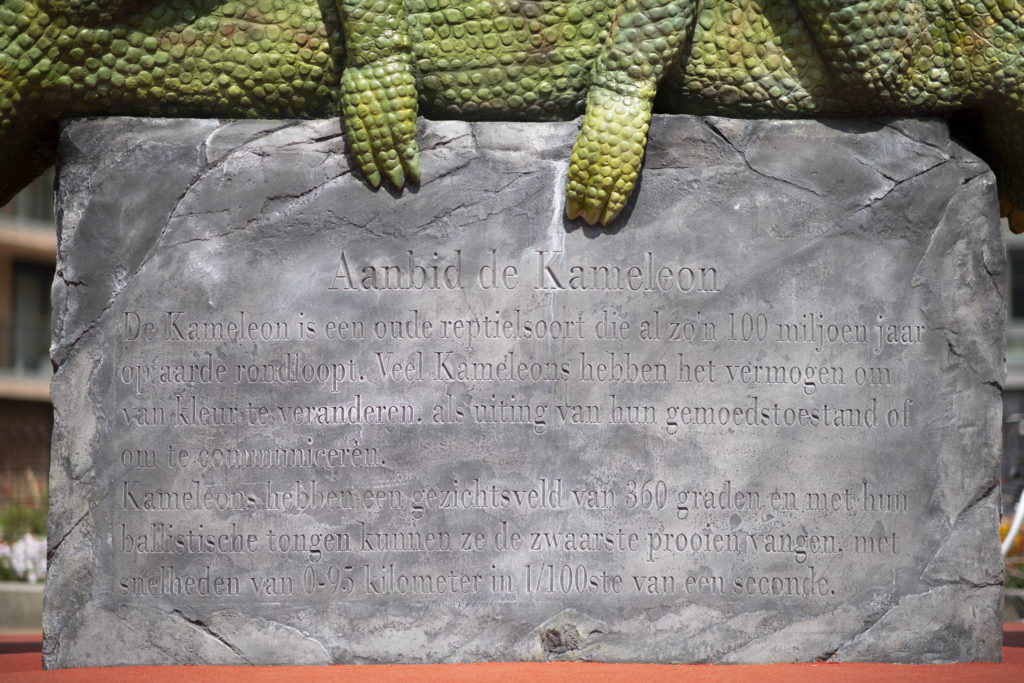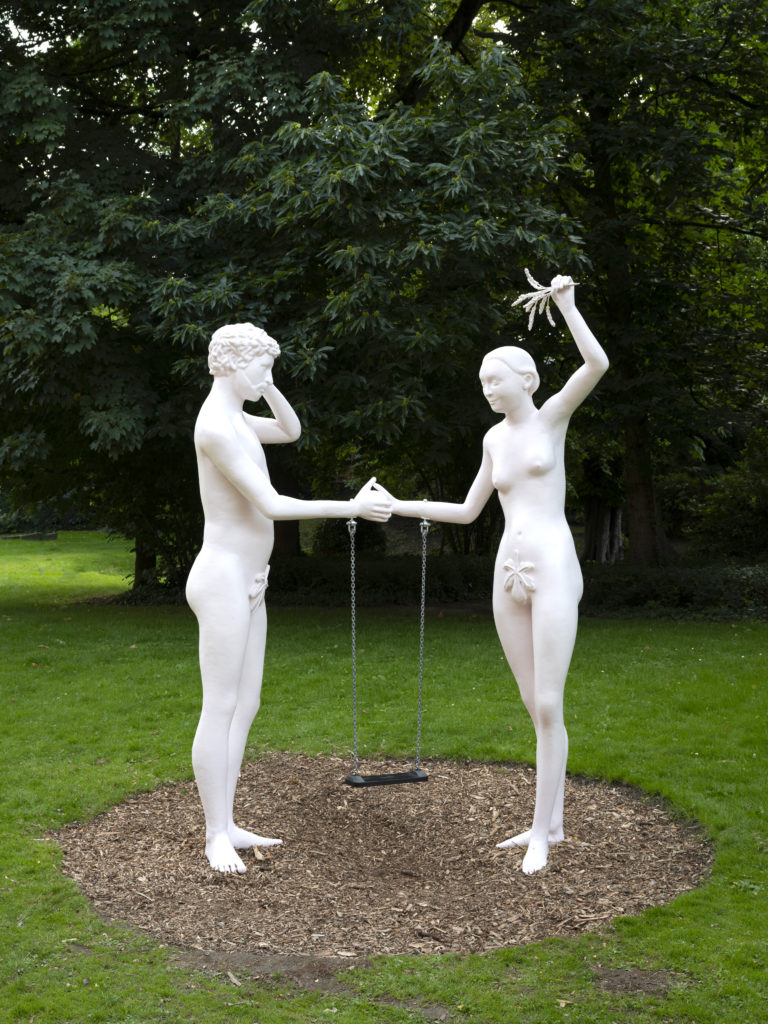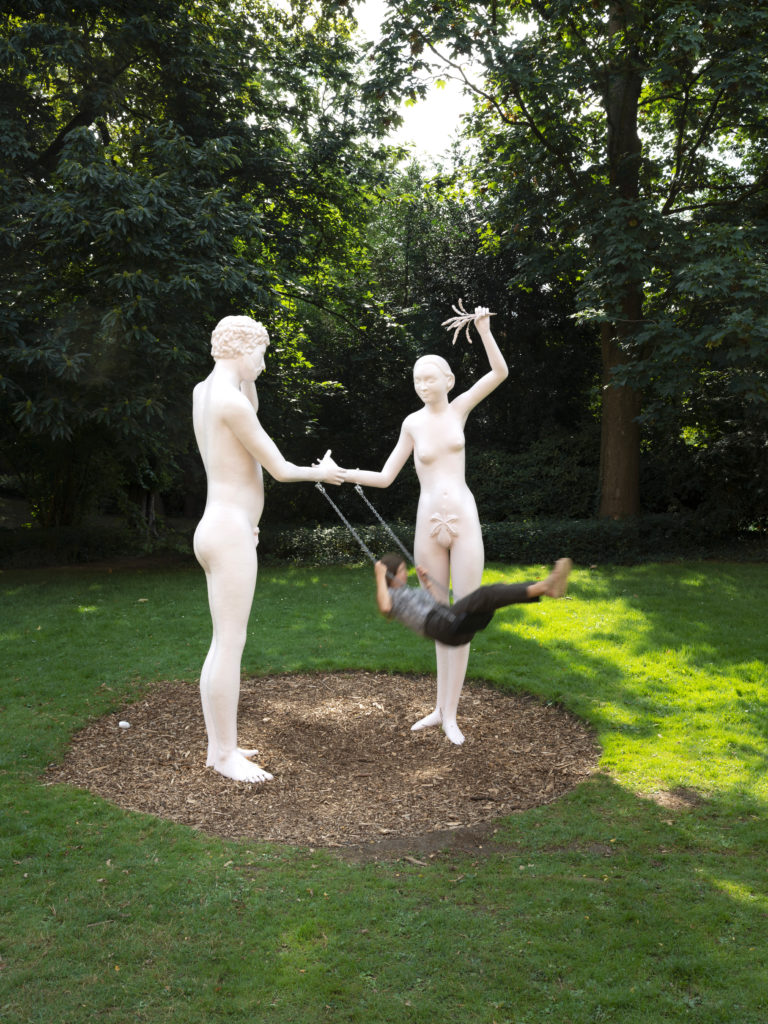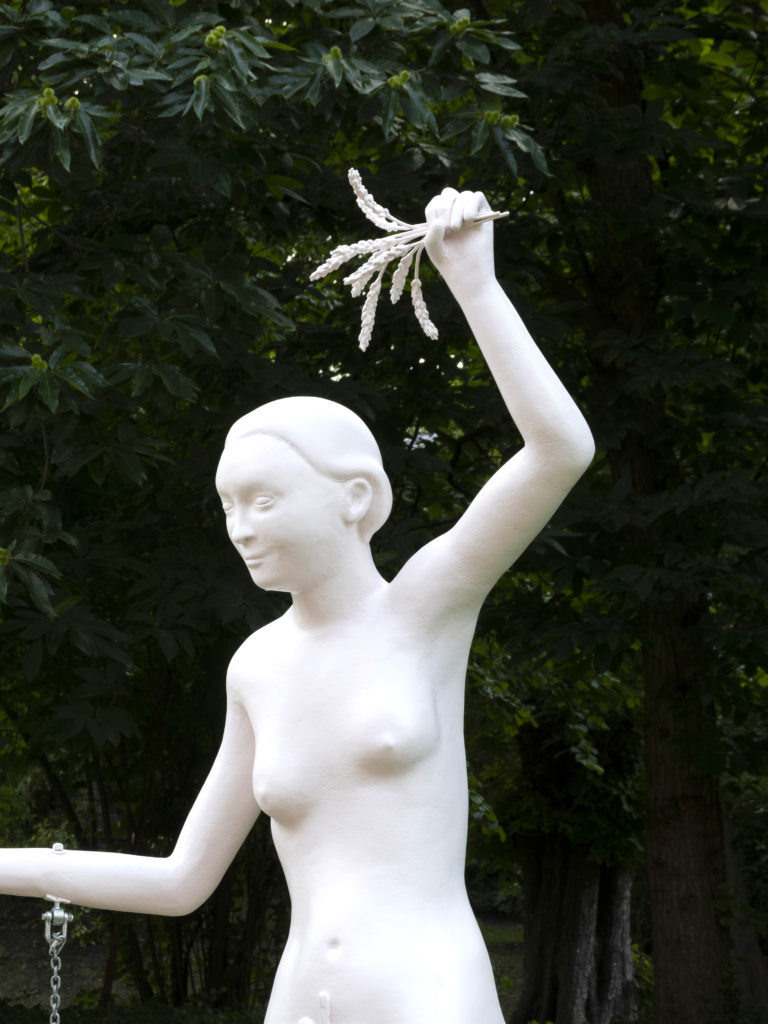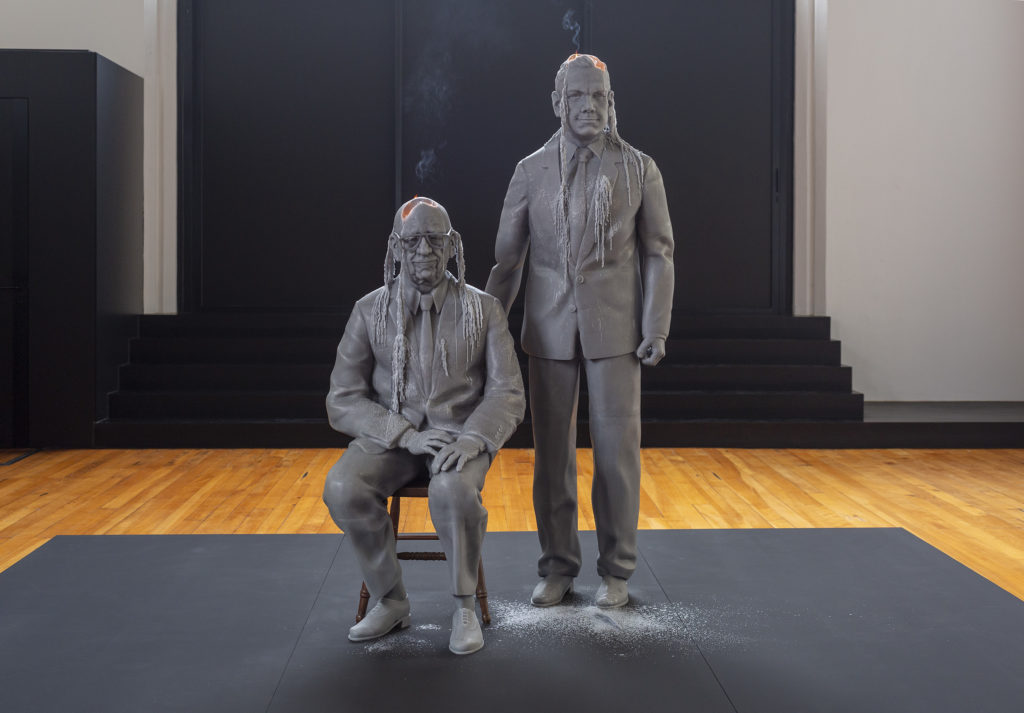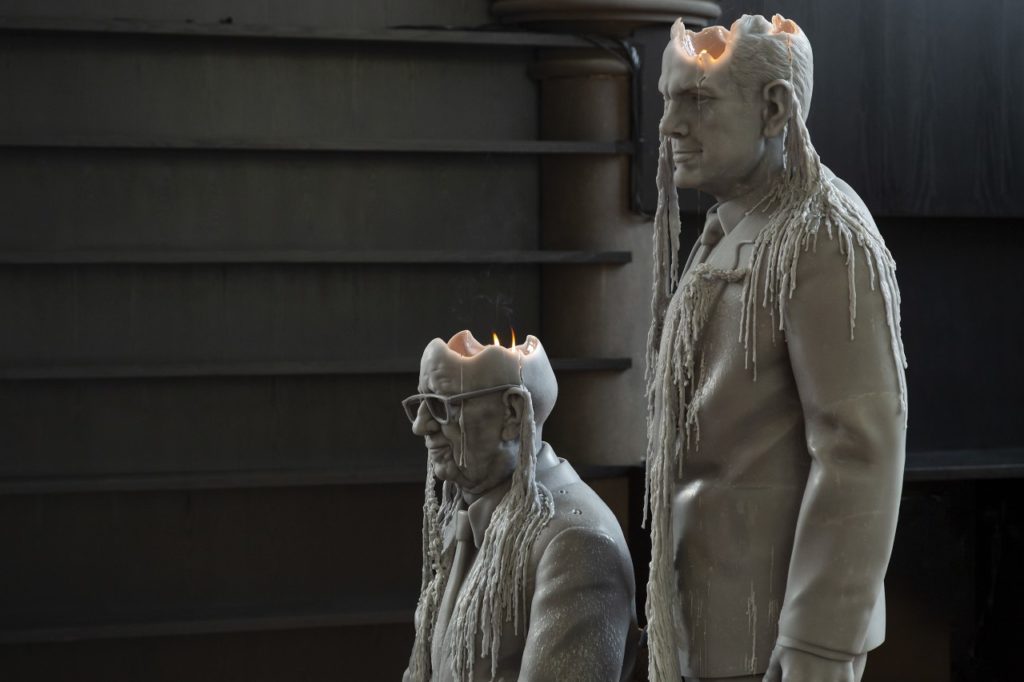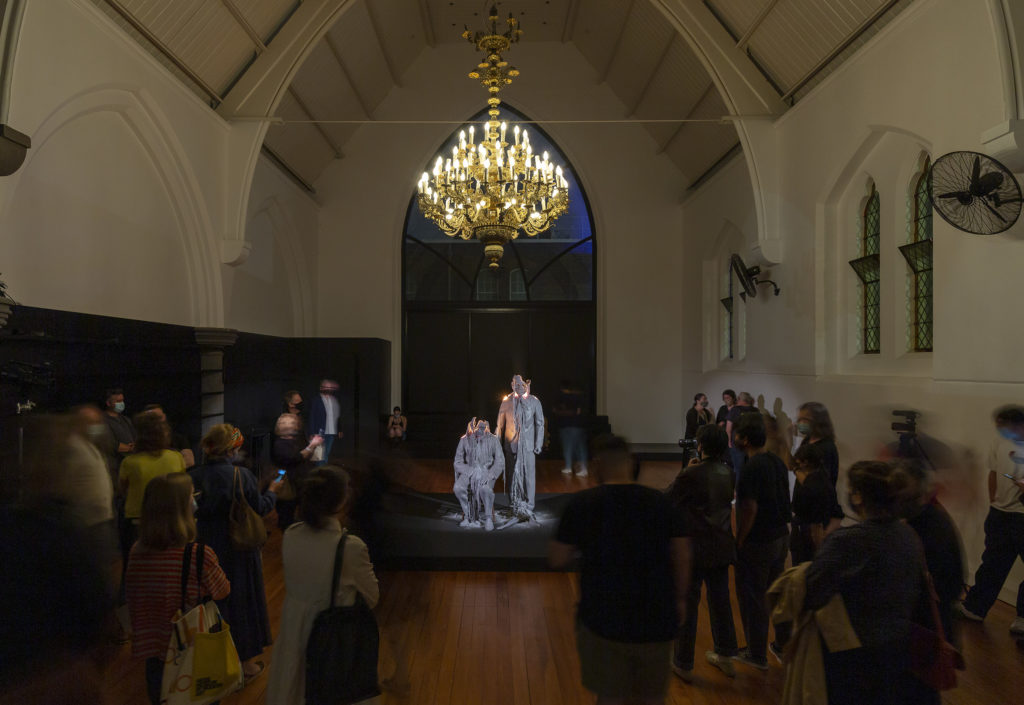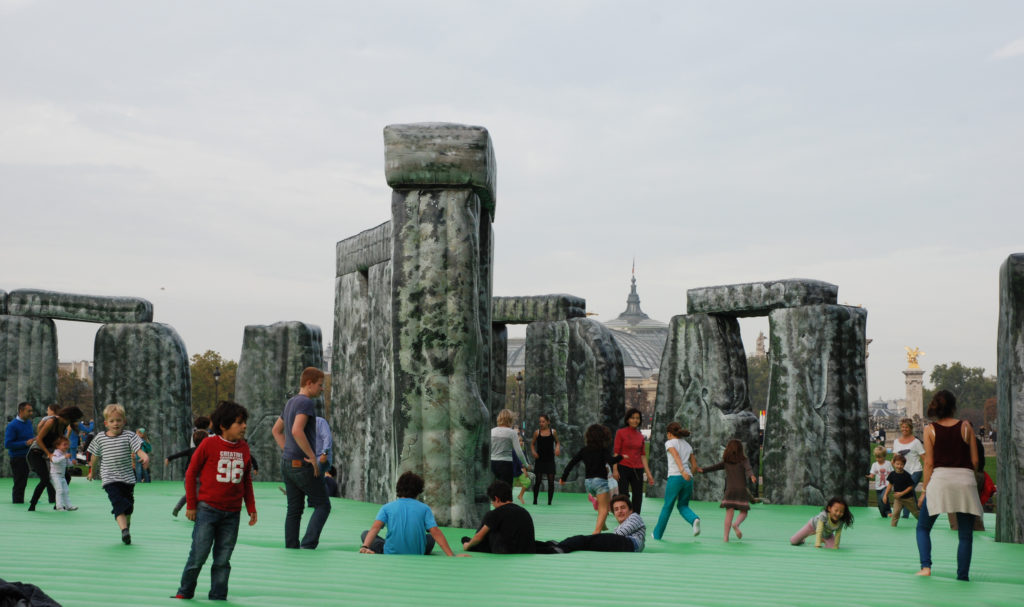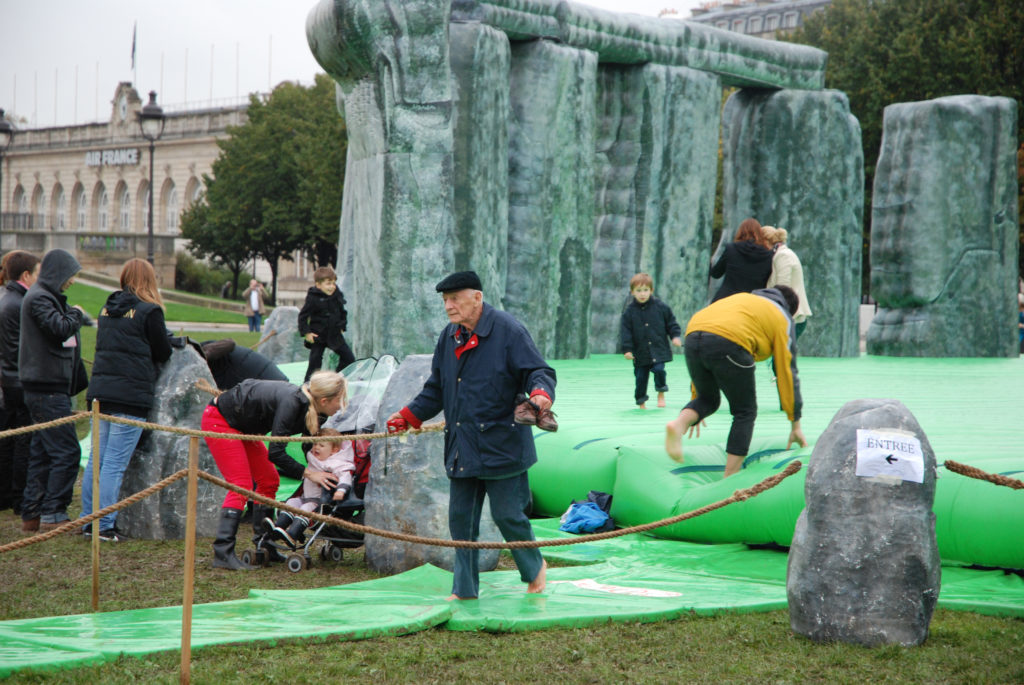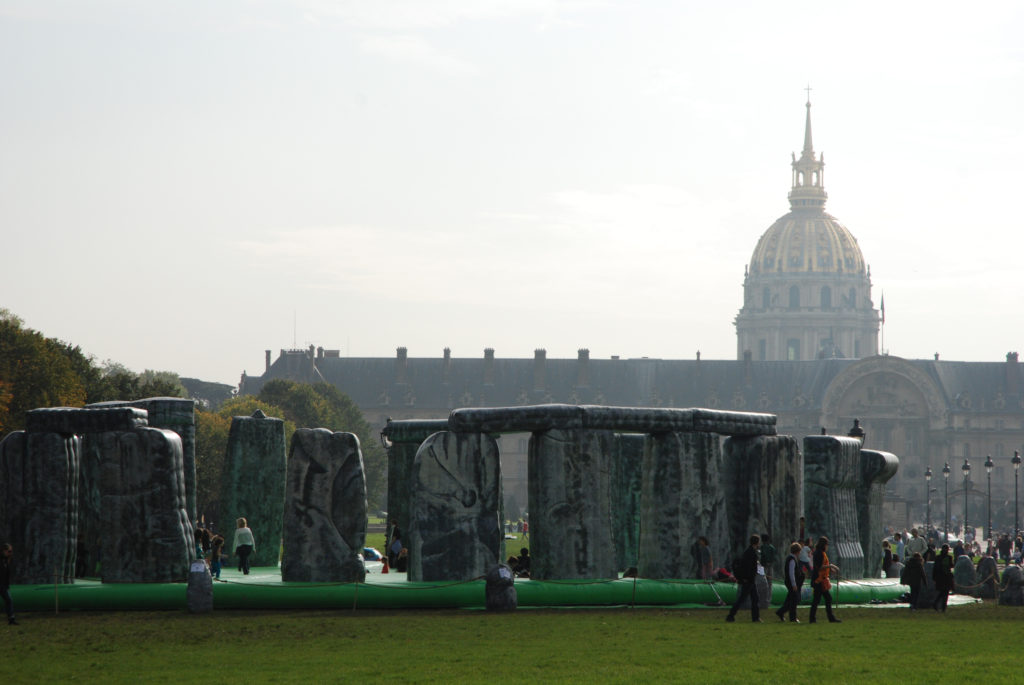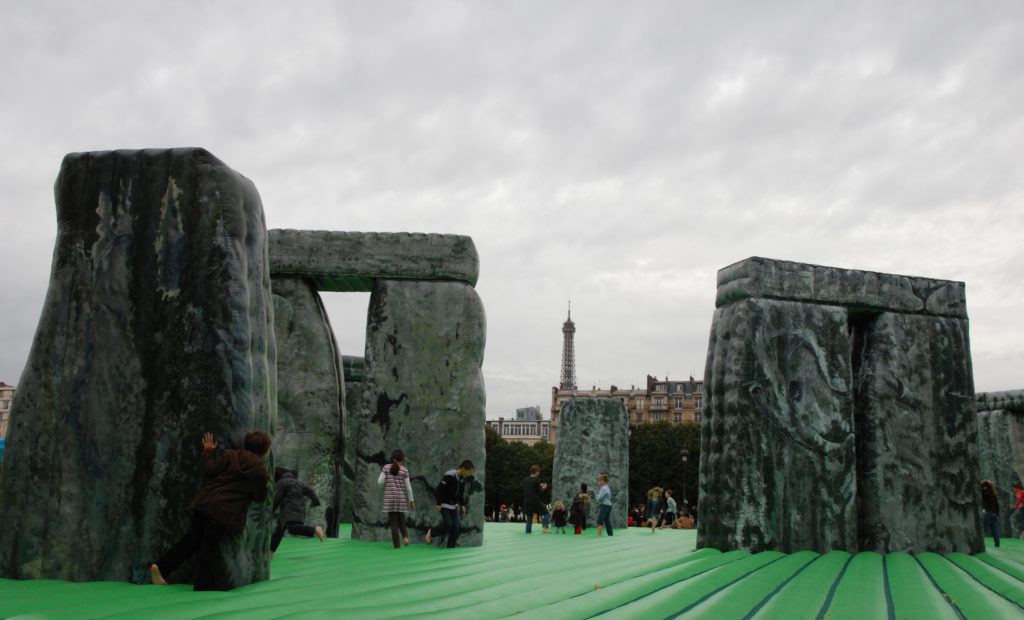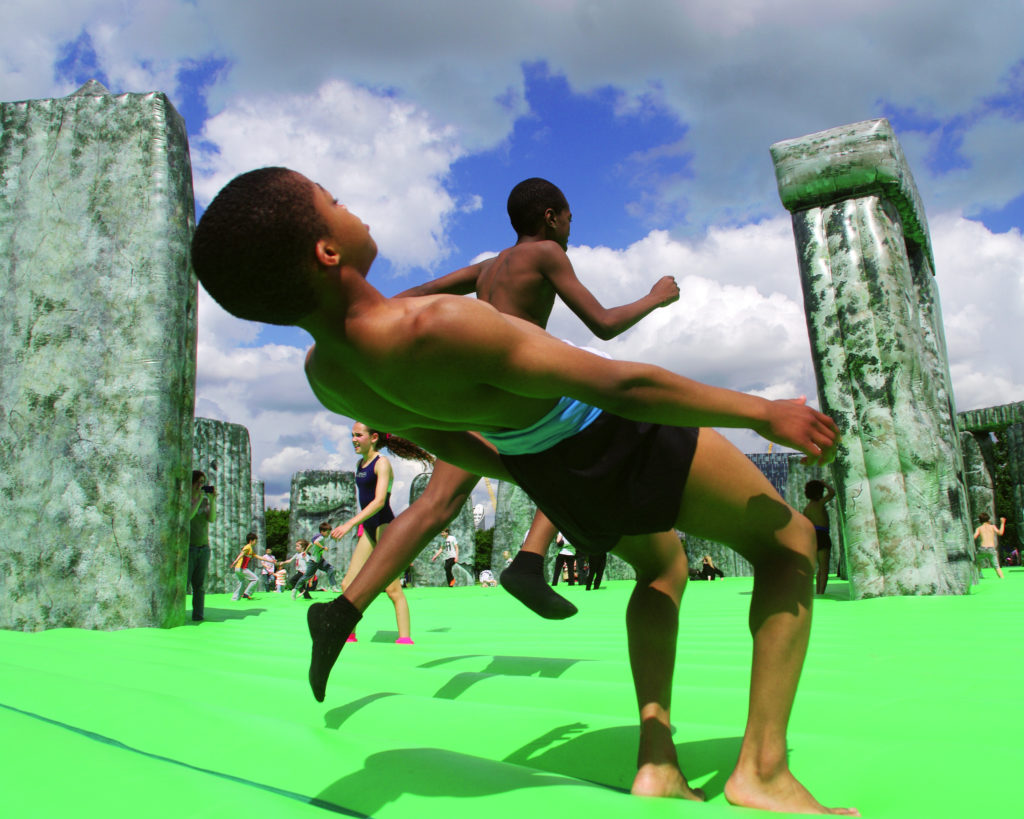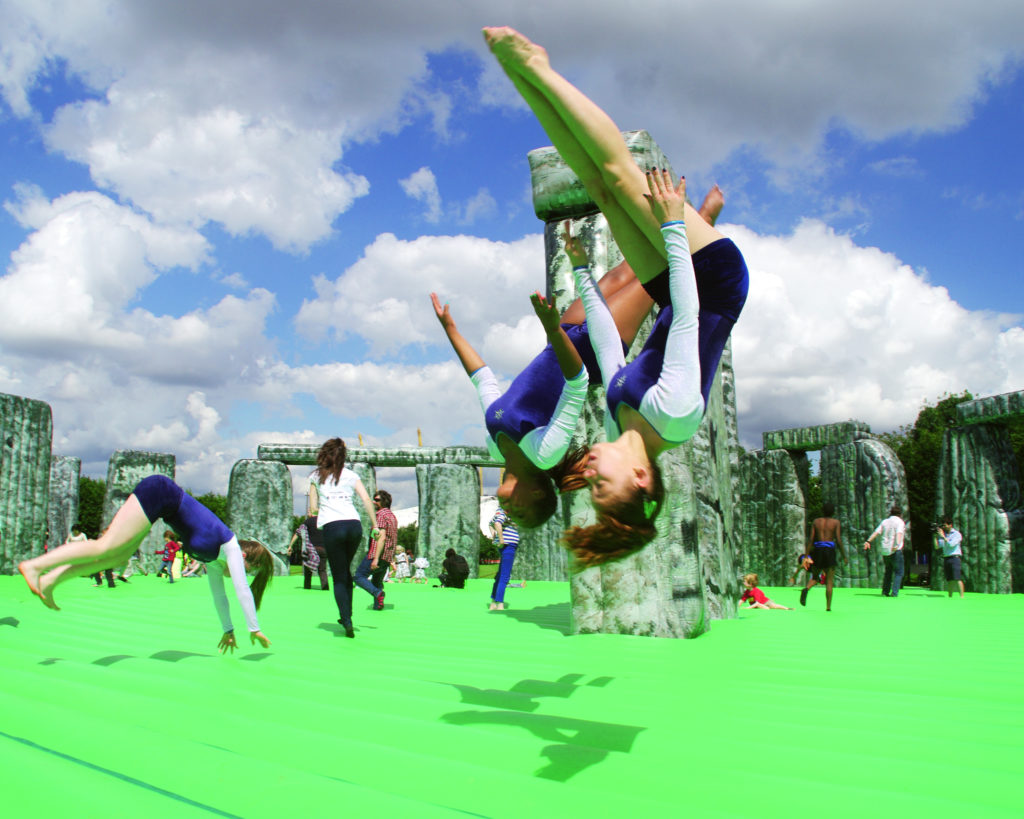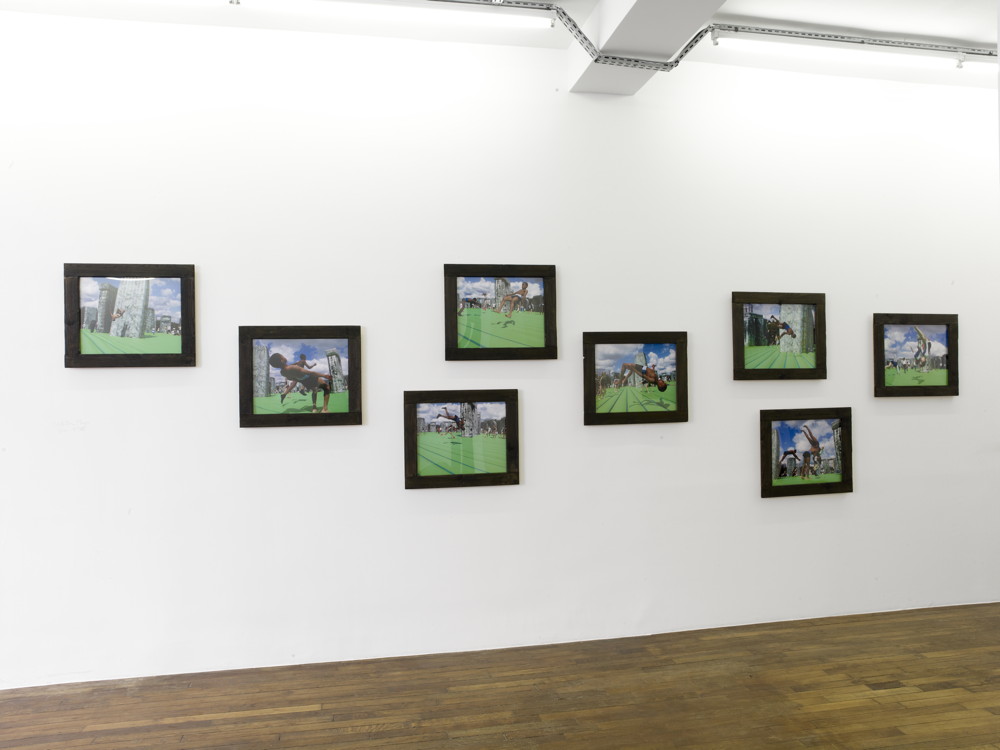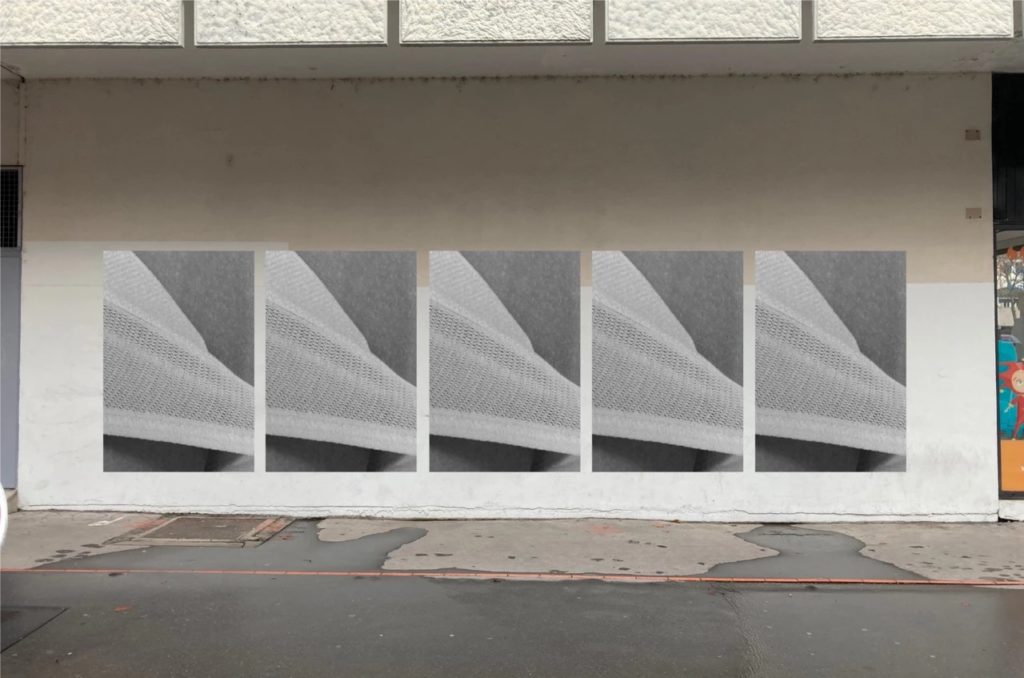
Pierre-Olivier Arnaud, Place du jour, September 29th, 2023 – September 29th, 2025, set of 24 paper posters, rue Braque, Arras/FR.
Place du jour is a project by Pierre-Olivier Arnaud. It is part of a program launched by the CNAP in 2019 to commission temporary, reactivatable works for public spaces.
The artist presents a two-year billboard display on rue Braque, in Arras: each month a new image replaces the one from the previous month. This rotation on five panels features a total of 24 black-and-white photographs. Pierre-Olivier Arnaud works meticulously on his pictures, in particular their texture, and plays on the contrast with the simplicity and fragility of paper. His artistic approach is characterized by great spontaneity: he captures, immortalizes, and sublimates the objects he encounters on his travels.
This project was conceived in and for the urban space to propose a radical and democratic art form, accessible to the public outside institutional cultural spaces. At the end of the display cycles, a newspaper containing all these images will be printed and distributed to the city’s residents.
With Place du jour, Pierre-Olivier Arnaud invites us to reconsider the images we encounter in public spaces, often used for advertising or electoral purposes. By hijacking this tool of communication and influence, the artist transforms the poster into an artistic medium, exploring the aesthetic qualities that emerge from its fragility, ephemeral nature, and inevitable deterioration.
